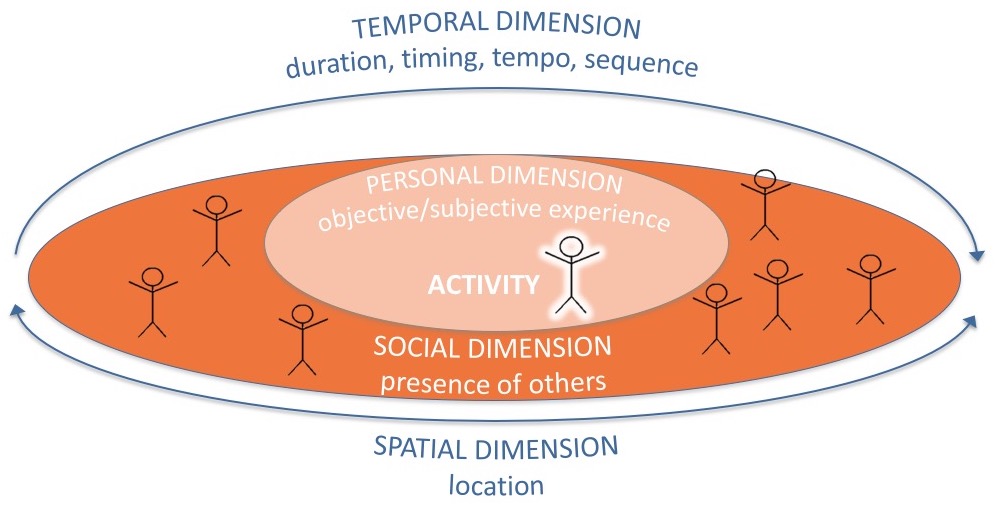The four W’s
Monday is show-and-tell day in Kindergarten of the primary school in Sydney that my oldest child attends, but instead of just blathering about what happened in their weekends, the preschool children are taught to present their adventures in a structured way. To do so, they follow the principle of the four W’s. The four W’s represent four questions that the children should address in order to provide a comprehensive story of their weekend experiences. These four questions are:
- What did you do?
- Where did you go?
- When did you go?
- Who did you go with?
Sounds familiar, does it not?
Contextualising experiences
What these preschool children learn, is to provide the context of their experiences. Apart from stating what they did, they also provide some information of the spatial (where?), temporal (when?) and social (with whom?) dimension of their activities. There is a great difference in telling “I played with a ball in the sand” compared to “I played with a ball on the beach on a Sunday morning with my dad”. Whereas the former is a fragmented experience, the latter is a contextualised experience providing a much more complete narrative of their practice.
At hbits we depart from that same principle: understanding human behaviour means capturing and analysing people’s activities in their context. Apart from being interested in what people do, we aim to understand the temporal dimension (i.e. duration, timing, tempo and sequence), the spatial dimension (i.e. location), the social dimension (i.e. presence of others), and the personal dimension (i.e. the subjective experiences like stress and the objective experiences like calorie burning). This gives us the comprehensive narrative of daily human behaviour in general, or when trying to understand, for example, teacher’s workload, the link between pedestrian zones and daily life, or student’s study time.

The dimensions of daily activities




